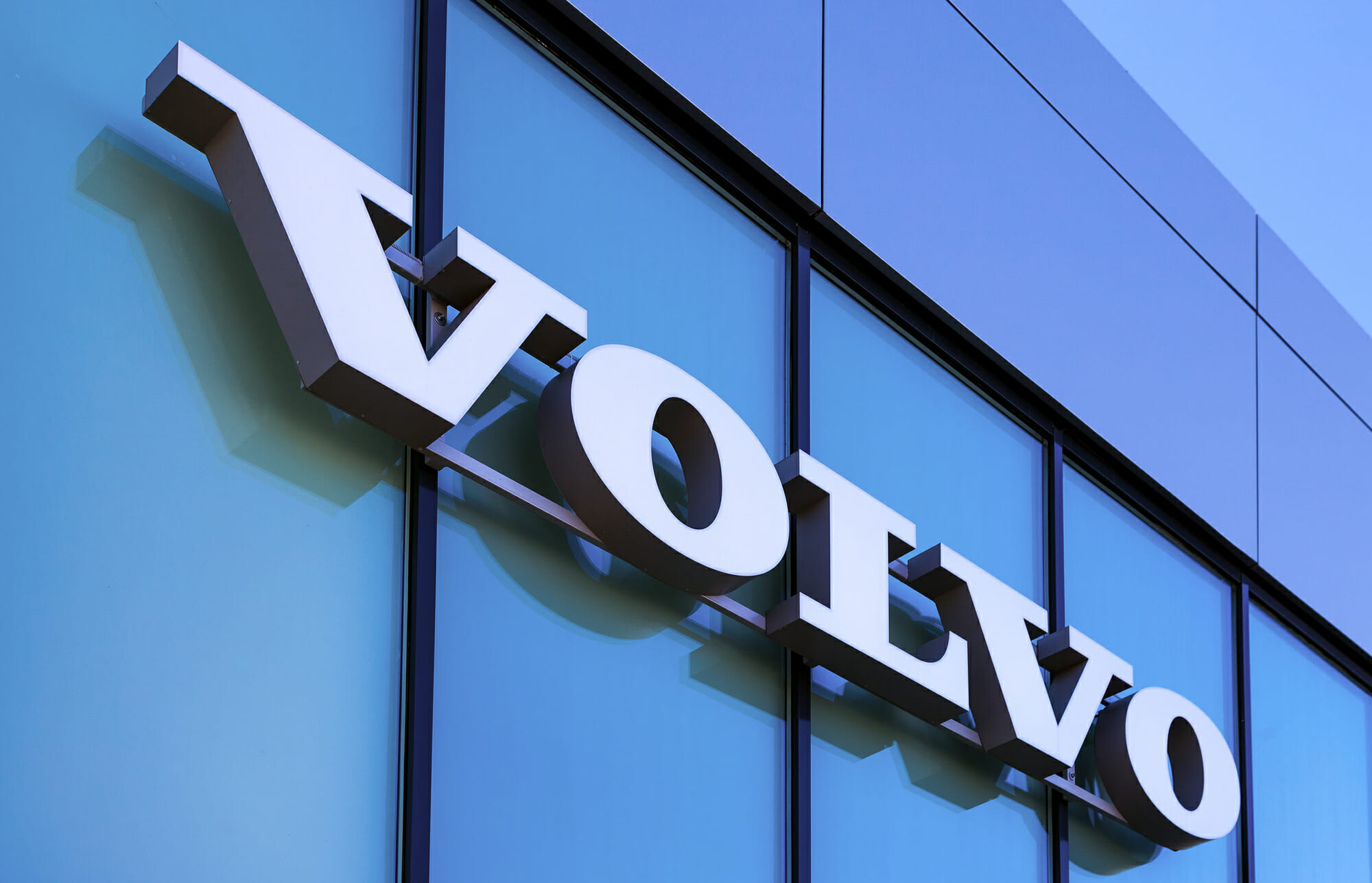Finding the right engine to meet your needs can be challenging, but understanding what’s on the market and which ones can provide power, low maintenance, and versatility is key. One of the best choices for marine and commercial use: the Volva Penta engine.
What makes the Volvo Penta engine unique?
The Volvo Penta engine has a variety of uses, including marine-based and commercial. Known for their clever and compact design, they have proven durability that can operate as a primary propulsion system for inland or coastal vessels. You’ll often find them in rescue and lifeboat vehicles, as well as engines for Navy and Coast Guard vehicles.
History of the Volvo Penta

The Volvo Penta didn’t become a world leader in diesel engines by chance. They’ve been around since 1868 specializing in diesel engines for marine and industrial use. They are most known for the Volvo Penta IPS propulsion and the Aquamatic engines. Volva Penta engines are also used commercially for agriculture, construction, forestry, material handling, mining, and special vehicles.
The Aquamatic name comes from Volvo’s first modern sterndrive when released back in 1959, with it being a great choice for watersports. All Aquamatic engines have robust, low-end torque, high-end power, and amazing mid-range response.
The Volvo Penta comes in a range of options, including the Volvo Penta IPS, Diesel Inboard, Diesel Aquamatic, and Gasoline Aquamatic. Their Stage IV/Tier 4 Final engines use SCR to meet emission regulations while providing less maintenance and upkeep along with better productivity and lower costs.
Engine Size
If you’re looking for the engine size, every Volvo Penta engine has a plate with this information. Engines under the Volva Penta mantle have three stages: D11-EU; D13-EU; and D16 -EU. Each one of these stages also has additional tiers ranging from 2 through 5. All engines are low emission, complying with IMO, EU RCD, and US EPA Tier 2 regulations.
The Aquamatic engine is available in:
- 3L, V6 Engine, 240-280 HP
- 3L, V8 Engine, 300-350 HP
- 2L, V8 Engine, 380-430 HP
Volvo’s Aquamatic is also available in the following diesel motors:
- 4L, Inline 5-Cylinder Engine, 140-220 HP
- 7L, Inline 4-Cylinder Engine, 224-301 HP
- 5L, Inline 6-Cylinder Engine, 330-400 HP
There is also the Volvo Penta Forward Drive, used in boats. There are three different engines: SX, DPS and OCEANX.
The Forward Drive engine comes in:
- 3L, V6 Engine, 240-280 HP
- 3L, V8 Engine, 300-350 HP
- 2L, V8 Engine, 380-430 HP
Safety and Durability
When considering the Volvo Penta engine, safety is a priority. Volva Penta engines use General Motors’ Gen V technology as their inspiration. The Volva Penta comes with a safety switch for marine-based systems.
How Long Does a Volvo Penta Engine Last?
Volvo Penta engines are very popular and should run for years when properly cared for and serviced. They are built to withstand 380 or more hours a year. In 2019, Volvo reengineered the D4 and D5 propulsion systems, creating a new engine management system, fuel injection system, turbocharger, and supercharger. Additional features create an engine that lasts longer but is less costly to maintain.
As one of the premier engines on the market that delivers superior performance regardless of industry, the Volvo Penta has stood the test of time when it comes to reliability, durability, safety, and longevity. Depending on the use, this is the choice of commercial and industrial entities all over the world. In the marine industry, the Volvo Penta engine stands firm among the best in class.
Volvo Penta also has a new On-Board Service Assistant, allowing operators to check oil levels and IPS drive from the helm station, as well as service schedules through the platform. The new D8 engine and SCR aftertreatment also meet IMO Tier II standards.